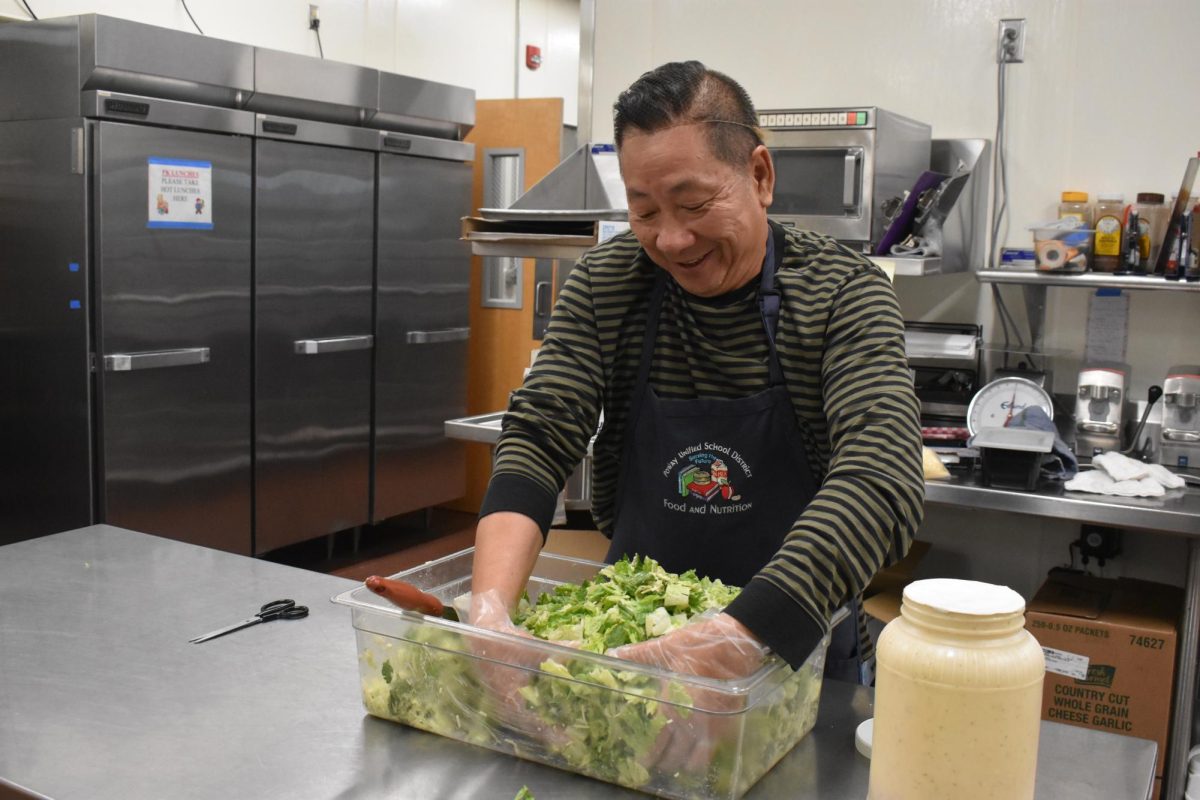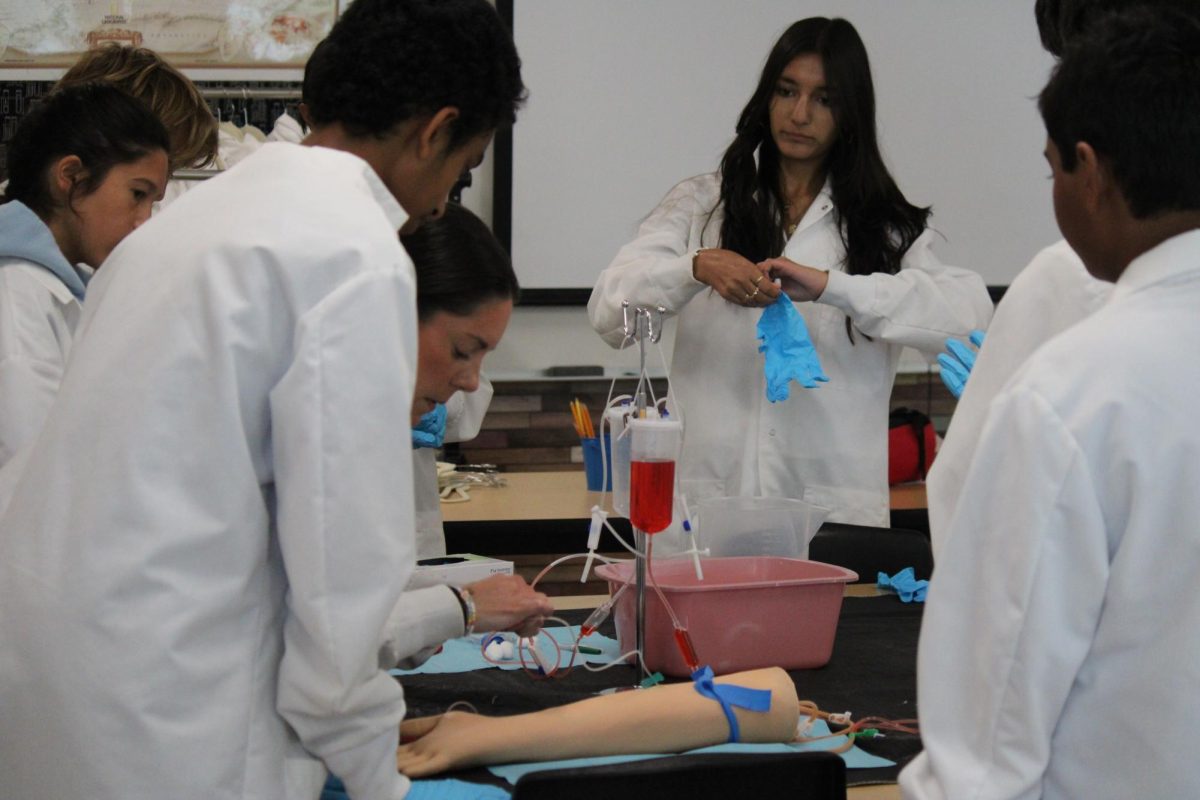PUSD will soon increase the variety of fresh produce in its school cafeterias and the number of local farmers from which they source food.
According to PUSD Food and Nutrition Area Supervisor Flora Biglaryan, PUSD has always tried to source school produce locally from farmers through the Farm to School program.
“We try to promote local farmers so they can stay in business,” Biglaryan said. “They’re organic, fresh, [and] local. We get them [non-GMO] because it’s good for students.”
After joining Fresh Fruits and Vegetables Order Receipt System (FFAVORS), a USDA program that assists in providing school cafeterias with more locally sourced organic fresh fruits and vegetables PUSD school cafeterias this year so far have received fresh strawberries, grapes, and more.
Prior to this, PUSD ordered all of its produce through a distributor and the United States Department of Defense. Now, with FFAVORS, PUSD schools will gain access to a wider variety of fruits and vegetables.
“We’re constantly trying to add new things [to the school menu] to introduce students to new products that they may not have at home,” Biglaryan said. “If they see it, maybe they will try it and learn to like [those] fresh fruits and vegetables. Our job is to not only feed the kids but to also educate the kids.”
Separately, PUSD works with several local farms such as Dassi Farms, which provides hydroponic tomatoes and cucumbers Dickinson Farms, which provides grapes Davis Farms, which will provide persimmons in November and Napoli farms, which will provide dragon fruit the week of Oct. 21.
In an effort to expand the variety of fresh produce offered at PUSD schools, the district recently released a Request for Proposal (RFP) for 16 different types of organic produce, such as pluots (plum and apricot crossover), figs, and avocados for local farmers to offer bids on.
“[The farms] contact the school districts and say, ‘Hey, we’d like to participate,’” Biglaryan said. “We provide them with our usage and tell them what we want, how many we want each week, each month and the farmer has to figure out, ‘am I capable of doing this? And if I am, this is what the cost will be.’ Those bids go to the purchasing department of the district [and] they take it to the Board of Education for approval.”
According to the RFP, these bids will be evaluated based on the farm’s line-item price, experience in providing food to K-12 school districts, their ability to adhere to the district’s delivery requirements and other factors. Last year, PUSD provided 975,000 breakfasts and 3.1 million lunches to students.
“We’re trying to figure out how to bring in as much fresh local produce as we can but also not overload the kitchens with the prep work,” Biglaryan said.
Currently, Westview cafeteria staff arrive on campus every day between 6-6:30 a.m. to begin preparing meals for not only Westview, but also Mesa Verde Middle School, Willow Grove, Deer Canyon, Adobe Bluffs, Sundance, and Park Village Elementary School.
According to Biglaryan, although the increase in fresh produce had caused more work for the cafeteria staff, it’s worth it.
“In the morning, we’ll be doing a lot of prep work for fresh fruits or whatever we’re packing,” Biglaryan said. “That takes a lot of work — washing the strawberries, putting them in the bag, sealing the bags. If you ever sat [in the cafeteria] for a few hours, you can see when people start coming in, they’re excited about their day. There’s a lot of work but we do it happily.”






![Jolie Baylon (12), Stella Phelan (12), Danica Reed (11), and Julianne Diaz (11) [left to right] stunt with clinic participants at halftime, Sept. 5. Sixty elementary- and middle-schoolers performed.](https://wvnexus.org/wp-content/uploads/2025/09/IMG_1948-800x1200.png)







